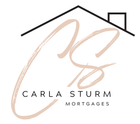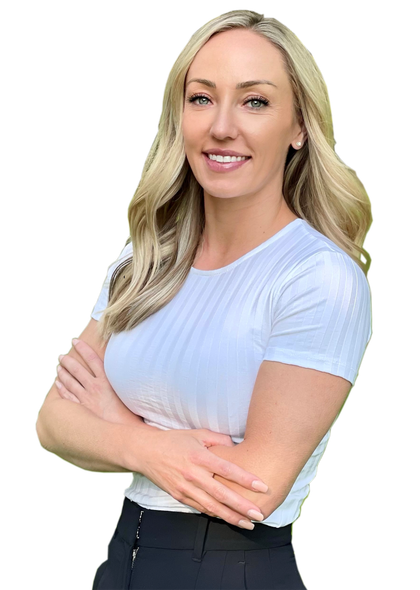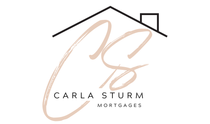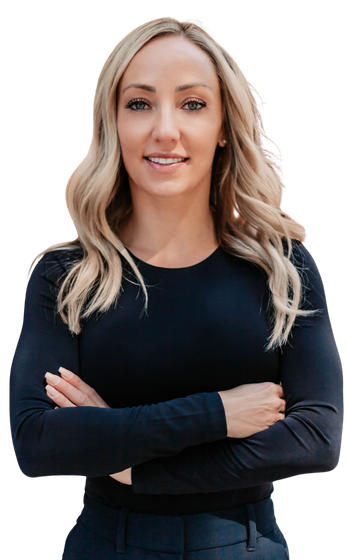Carla Sturm Mortgages
Mortgages Made Simple, Dreams Made Possible
Unlock some of the best mortgage deals in B.C
My Process is Simple
STEP ONE
The best place to start is to connect with me directly. The mortgage process is personal, and it can be daunting. My commitment to you is that I'll listen to all your needs, assess your financial situation, and provide you with a plan to move forward.
STEP TWO
Once we’ve had a look at your financial situation, we’ll
consider a variety of mortgage options, I’ll outline what documents are necessary to qualify for a mortgage,
negotiate with the lenders on your behalf, and
arrange the mortgage that best suits your needs.
STEP THREE
Once we’ve arranged the mortgage product that best suits your needs, you’re not alone. I’m your mortgage professional for life.
If you’ve got questions in the years to come, I’m always available to make sure that your mortgage is working FOR you, and not the other way around!
Carla Sturm
Hi! My name is Carla, I am an experienced mortgage broker based in the Greater Vancouver and Fraser Valley area. With over 13 combined years of experience in retail banking, private lending and brokering, I have helped numerous clients secure financing for residential purchases, refinances, and alternative lending.
I strive to provide unparalleled client support in understanding each client’s unique situation. My expertise lies in finding creative and personalized solutions to meet each client’s unique needs and circumstances. Whether it’s securing a first-time homebuyer mortgage, refinancing an existing property, assisting, or negotiating with lenders on behalf of my client’s mortgage renewals, I am committed to making the mortgage process as smooth and stress-free as possible.
I always stay up to date with the latest industry trends, and mortgage products to ensure that I am always offering the best advice, options, and products for my clients. I am committed to ensuring my clients are in the most suitable mortgage that supports their needs for today and goals for the future. If you are looking for a trusted and knowledgeable mortgage broker in the Greater Vancouver Area to assist with an upcoming purchase, mortgage renewal or refinance please don’t hesitate to reach out anytime to chat!
Nice things people have said about working with me.
Get started by completing my online mortgage application.
I'll let you know exactly where you stand so you can proceed with confidence.
Mortgage articles to keep you informed.
Everything you need,
all in one place
As a trusted mortgage provider, let me help you with these services.
Click through any of the services to learn more







